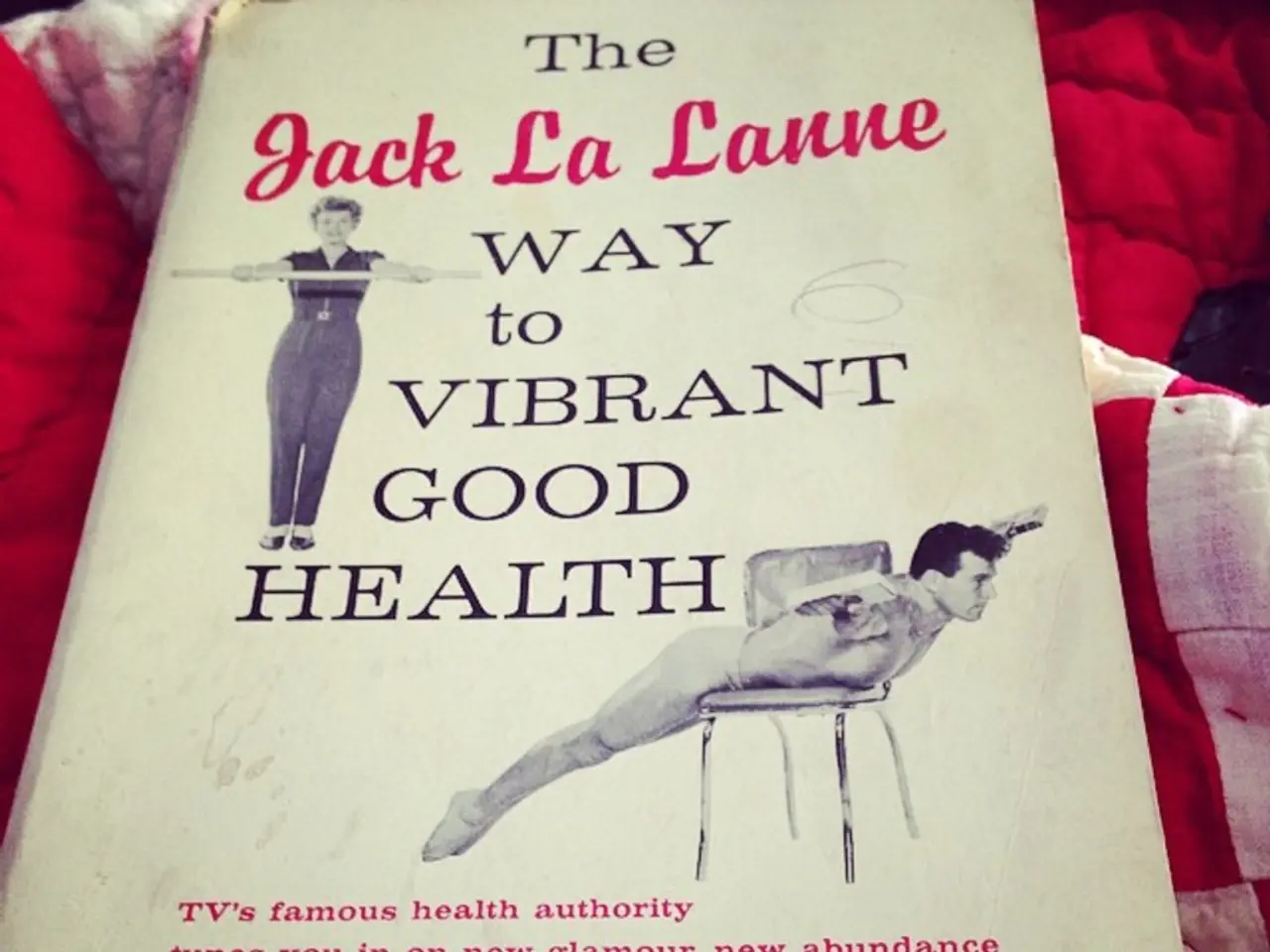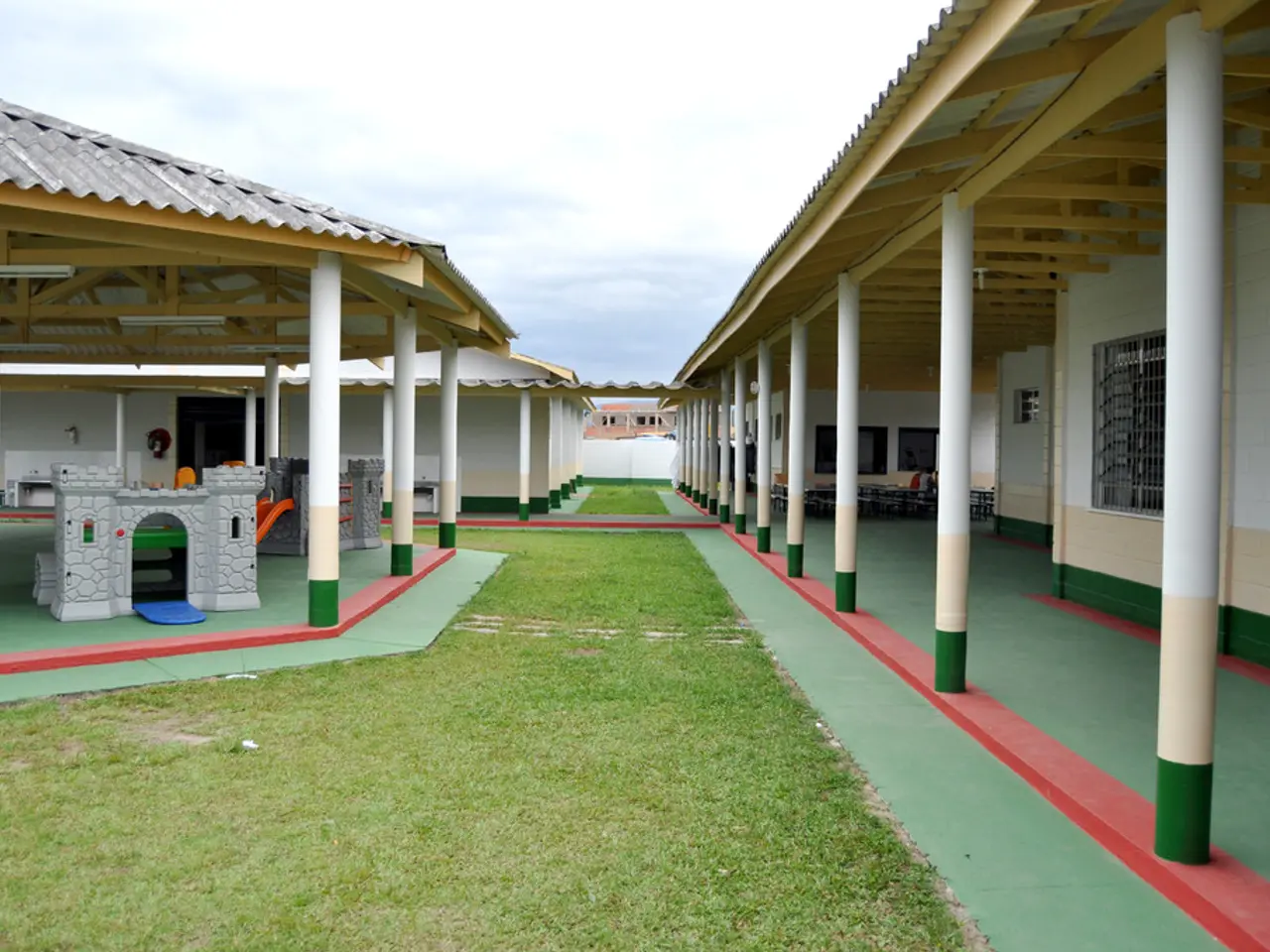Orthostatic Hypotension: Causes, Symptoms, and Ways to Prevent it
Getting on Your Feet: The Low-down on Orthostatic Hypotension
Standing up can be a simple task, but for those with orthostatic hypotension, it's a potential challenge. Orthostatic hypotension (OH) occurs when you experience a sudden drop in blood pressure due to a change in position, such as standing quickly.
When you move from a sitting or lying position to standing, gravity causes blood to pool in your legs. Your body then works to push blood upward to your brain, ensuring it receives enough oxygen. If this process isn't happening efficiently, your blood pressure may drop, potentially leading to symptoms such as dizziness, blurred vision, or fainting.
What's the Deal with Blood Pressure?
Your body transports blood throughout via arteries, veins, and capillaries. Blood pressure is the force exerted on the walls of these arteries as blood flows through them, measured in millimeters of mercury (mmHg).
The two numbers in a blood pressure reading represent the systolic pressure (the force exerted when the heart contracts) and the diastolic pressure (the force during the heart's relaxation period). A reading of 120/80 mmHg is considered normal, while a reading of 90/60 mmHg or lower indicates low blood pressure, or hypotension.
In OH, individuals typically experience a drop in blood pressure by around 20/10 mmHg within 3 minutes of standing.
Generally, low blood pressure does not require treatment. However, if you consistently experience OH symptoms, consult your healthcare provider. OH is relatively common among older adults, as the body's ability to react to drops in blood pressure may decrease with age.
Why It Happens: The Culprits
Dehydration caused by conditions like diarrhea, vomiting, or medication use, including diuretics, can lead to blood vessel fluid loss and trigger OH symptoms. Low blood volume, anemia, and conditions with a lower red blood cell count can also contribute. Some medications, such as beta-blockers and antidepressants, may cause OH symptoms. Working or exercising in hot weather or prolonged bed rest can also be contributing factors. Additionally, certain diseases like Parkinson's, pregnancy, and heart conditions like irregular heart rhythms and valve disease can cause OH symptoms.
The Signals: Symptoms of OH
Symptoms of OH include dizziness, light-headedness, blurred vision, fainting, falling, nausea, and fatigue. These symptoms usually go away as your body adjusts to an upright position or after sitting or lying down for several minutes. If you regularly experience any of these symptoms, seek medical advice immediately.
The Risks: Complications of OH
Falling due to loss of consciousness from OH can cause serious injuries. Symptoms can also mask more severe conditions, including cardiovascular diseases, heart failure, and heart rhythm problems. The sudden drops in blood pressure caused by OH can also increase the risk of strokes due to reduced blood supply to the brain.
The Investigation: Diagnosis of OH
If you experience symptoms of OH, your healthcare provider will review your medical history and, if necessary, conduct tests to determine the underlying cause of your symptoms. Diagnostic tests may include observing your blood pressure changes by moving from a lying/sitting position to standing, blood tests for low blood sugar or low red blood cell counts, electrocardiograms, ultrasounds of the heart, stress tests, or other assessments.
The Cure(?!): Treatment and Prevention Options
Managing or preventing OH involves several measures, most of which do not involve medication. Drink plenty of fluids throughout the day, avoid or limit alcohol intake, add more salt to your meals (but consult a doctor first about salt intake), avoid strenuous activity during hot weather, sit on the edge of the bed before standing, sleep with the head of your bed slightly elevated, and consider wearing compression stockings to promote circulation and prevent fluid accumulation in your legs.
In severe cases of OH, medications may be prescribed to raise blood pressure. Treating underlying causes, adjusting medications, or addressing contributing illnesses can also help alleviate OH symptoms.
- The science behind healthcare and wellness often delves into predictive measures, and orthostatic hypotension (OH) is no exception.
- Some mental health conditions, such as bipolar disorder and depression, can list OH among their symptoms due to the body's reaction to drops in blood pressure.
- AQ tests, a common tool in the fields of psychology and psychiatry, may help healthcare providers better understand an individual's predisposition to various conditions, including OH.
- In addition to OH, several medical-conditions like hypertension, Alzheimer's, and cardiovascular-health issues, are topics frequently discussed in the realm of health-and-wellness.
- As part of a holistic approach to mental health, therapies-and-treatments for depression may include fitness-and-exercise programs, nutrition plans, or medication adjustments, all of which could indirectly impact OH symptoms.
- Given the increased risk of OH among older adults, Medicare benefits, specifically those related to preventive care, could play a crucial role in managing this condition.
- Nutrition, a key aspect of maintaining cardiovascular-health, could also potentially support efficient blood circulation and, in turn, reduce OH symptoms.








